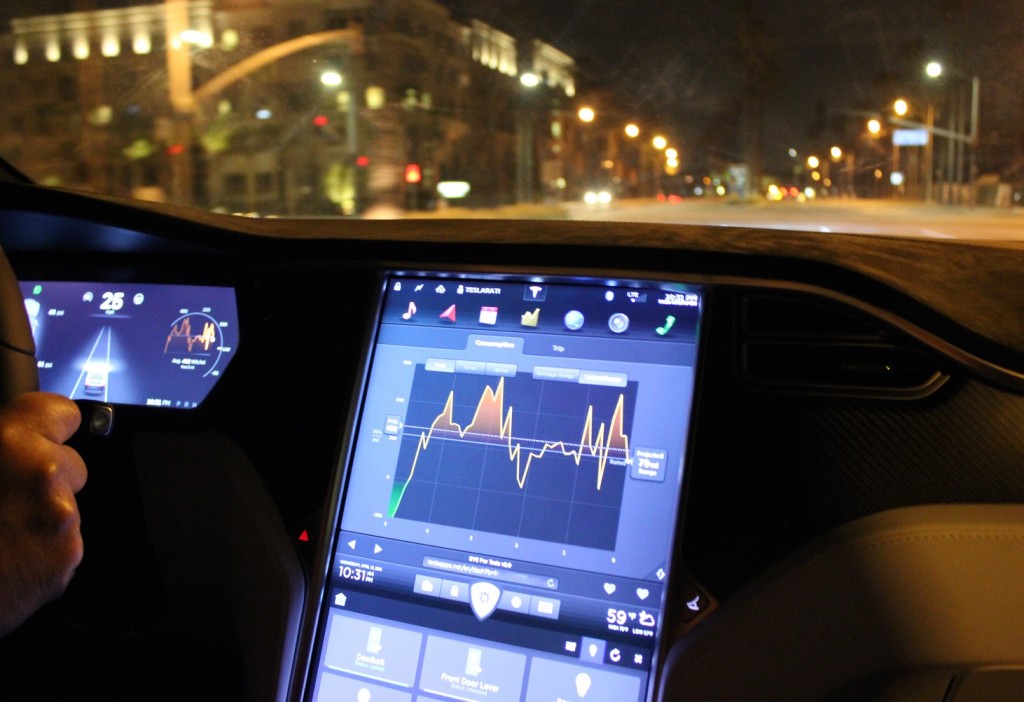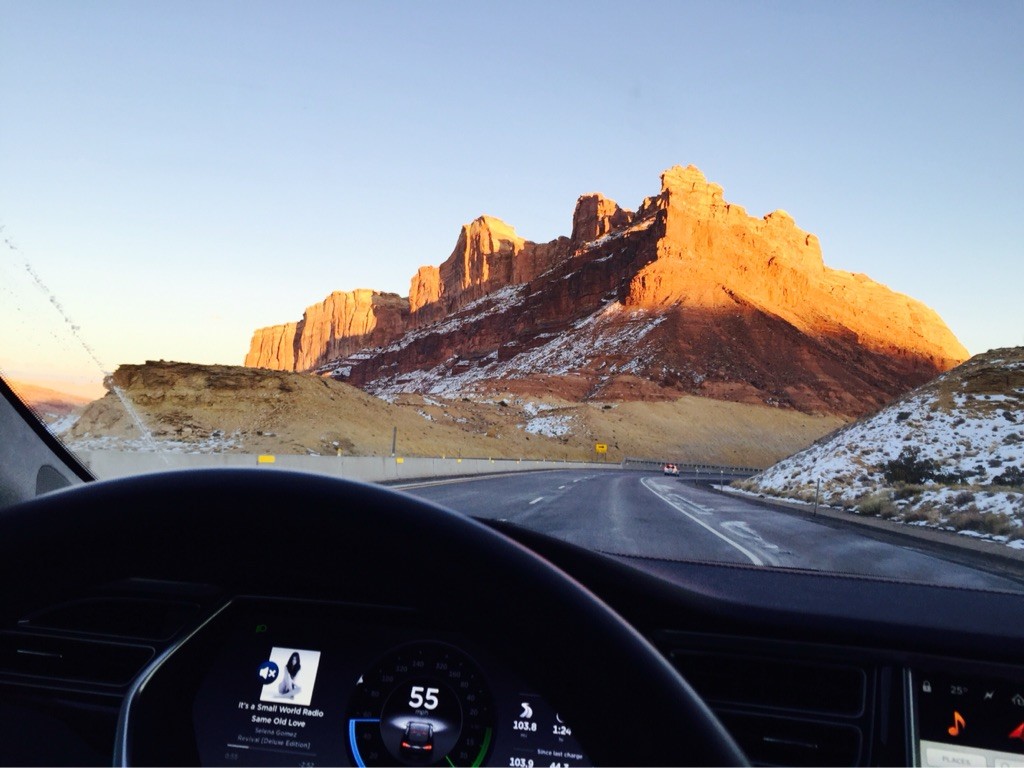News
How Tesla capitalizes on four components of great consumer experience
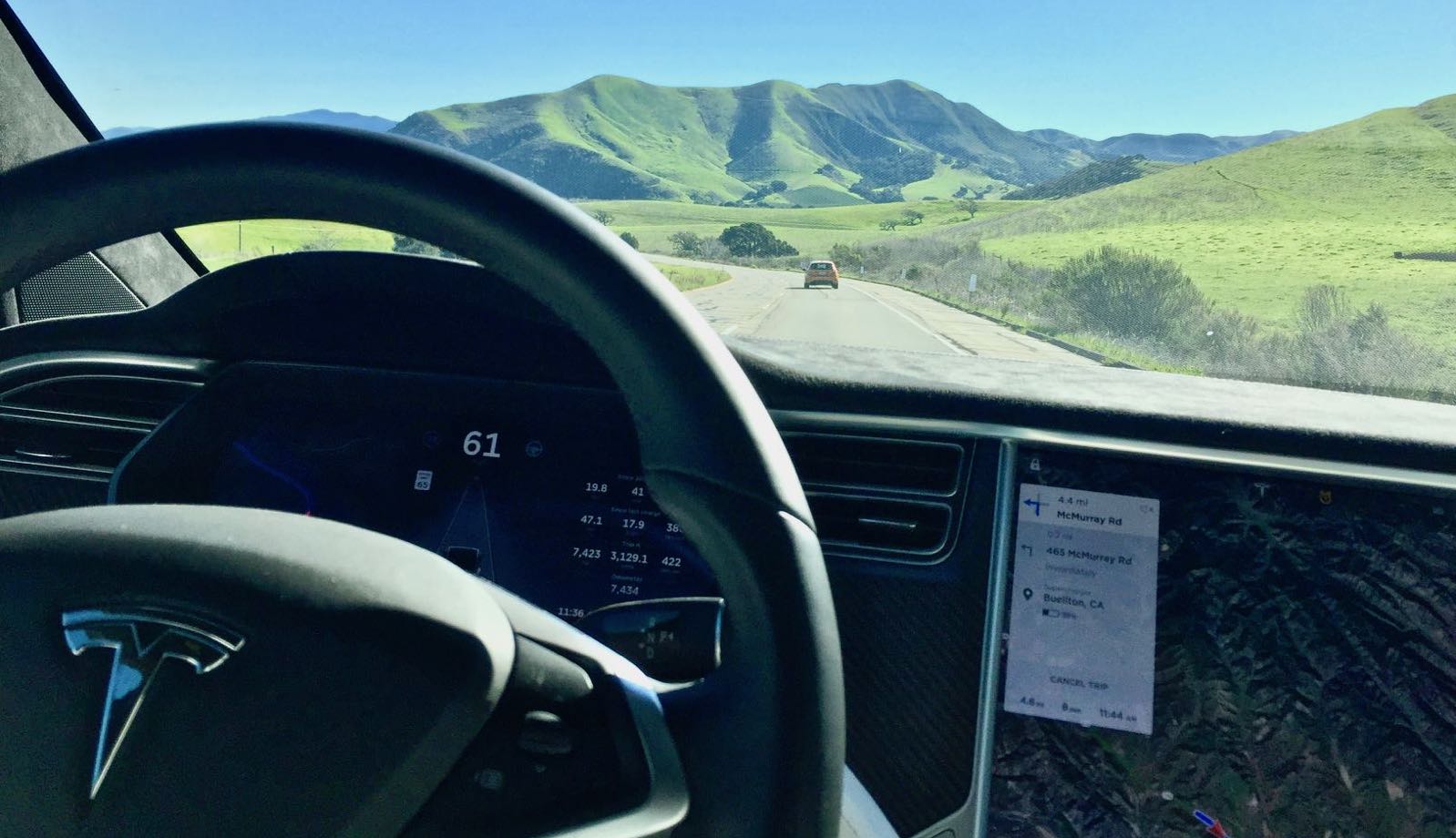
Tesla may have the edge over other automakers as they make the transition to autonomous vehicles, machine learning, and cloud-based engineering. That’s because Tesla doesn’t sacrifice the thrill of driving for the ease and entertainment of mobility technology.
A new study by Group XP indicates that automakers may be failing to maintain relevance as consumer expectations turn to constant influxes of fresh engagement moments. The report, which was produced by a partnership among Brand Union, FITCH, SET, and SET Live, explores innovations in design, connectivity, and service as the key imperatives that prompt success for mobility brands. The consulting group says that consumers today feel that their lives are defined by experiences, and now, more than ever in our consumer-driven society, people are as demanding of an experience as they are of a purchase.
Businesses that have responded to this shift in expectation are flourishing, and automakers who fail to produce a vehicle that helps consumers “completely re-imagine the process of how we get from A to B” may fall significantly behind in the industry. With cars projected to transform “from being single-serving modes of transport into hyper-customizable, seamless extensions of living space,” an automaker like Tesla has been well ahead of others with its all-electric car’s visual appeal, the company’s fervent fanbase, the records for performance and quality, and for technology innovations like the Autopilot function.
How does Tesla perform according to four components of great experience brands?
The Group XP Experience Index ranks what has been called the most important marketing metric going forward: Share of Experience. Let’s see how Tesla performs.
They must stand for something unique. Tesla has never been just a carmaker, and its broad business goals make it stand apart from other automakers. The company will “build the machines that build the machine” through Gigafactory 1 in Nevada. It is a company that also builds Supercharger networks, solar roofs, battery packs for residences and businesses, and maybe even tunnel boring. No other automaker has the extensive business outreach of Tesla.
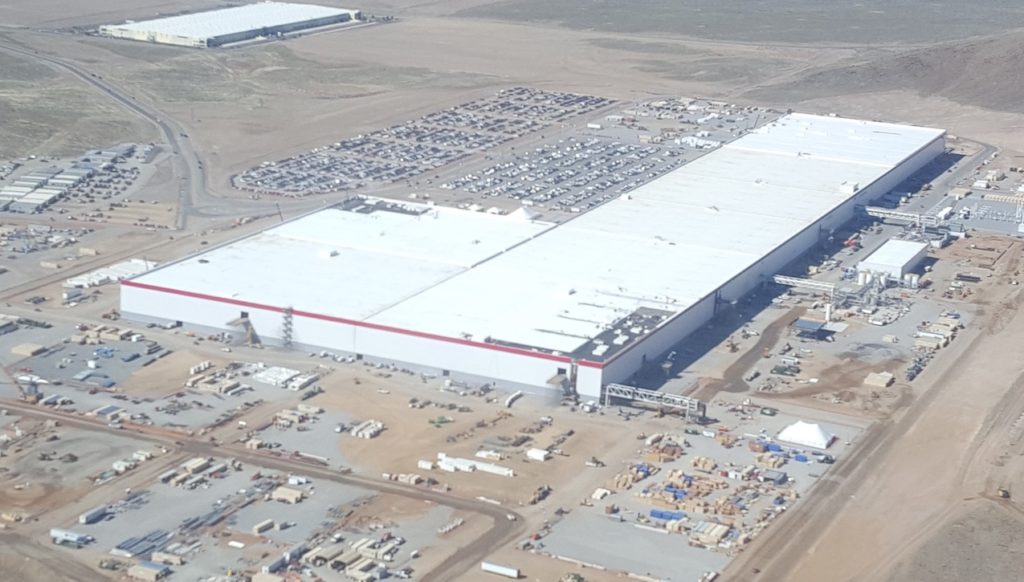
Aerial photos of Gigafactory 1 from March, 2017 reveal newly completed sections
They must deliver on our most important needs. In our high tech and often stress-filled society, people crave reliability and simplicity alongside careful construction and design. Consumers want to turn to a company that has mastered faultless execution to become a default platform brand that inspires and returns trust. Tesla knows and respects the needs of its customers and creates relationships that are amazingly personal for such a huge company. Part of that relationship-building comes from delivering a product that is exceptional in the marketplace and assertively visionary. It also offers a car that retains the traditional desired elements of suspension, acceleration, and torque.
They must provide us with exemplary content. Tesla’s user interface revolutionized the way that drivers interact with an automobile. Instead of a traditional reliance on analog buttons and switches, Tesla has provided its customers with an incredibly different interior design. Their approach has had a disruptive influence on the auto industry. The 17″ center stack touchscreen, “Easter eggs” that spark curiosity, an operating system that gets frequent wireless updates, frequently upgraded Autopilot system: all provide Tesla customers with a level of content they’ve come to expect from their smartphones.
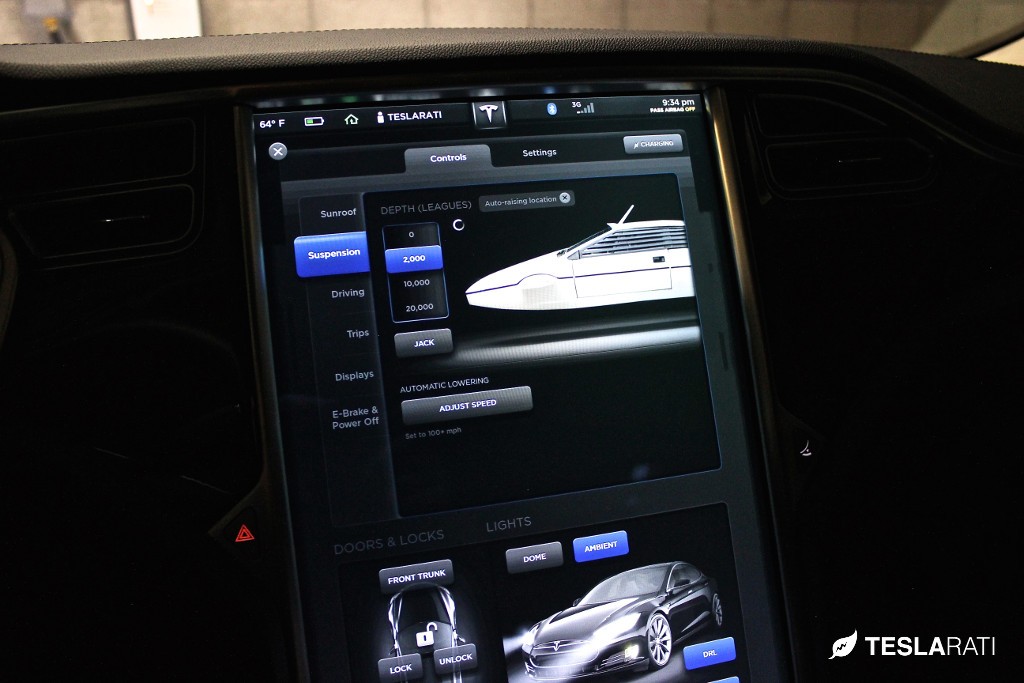
Tesla Easter Egg transforms the vehicle into the James Bond 007 Submarine
They must utilize a higher brand purpose to make all of our future lives better. The overarching purpose of Tesla has always been to “help expedite the move from a mine-and-burn hydrocarbon economy towards a solar electric economy” as a primary sustainable solution to the planet’s warming. A Tesla driver who travels less than 350 miles per week is “energy positive” with respect to personal transportation, actually putting more energy back into the system than is consumed in transportation. Tesla co-markets sustainable energy products from other companies along with their car. All of these and more create a company who business model exceeds profitability and will have a lasting impact on our world.
As transportation becomes less intrusive, some automotive brands risk innovating themselves out of the brand equity due to their inability to meet the four elements of shared experience that today’s customers expect. Tesla, instead of adapting a metal exterior to a series of tech applications, has integrated sustainability into performance and identity. It’s an equation that other automakers are hurrying to emulate.

Elon Musk
Elon Musk’s X will start using a Tesla-like software update strategy
The initiative seems designed to accelerate updates to the social media platform, while maintaining maximum transparency.

Elon Musk’s social media platform X will adopt a Tesla-esque approach to software updates for its algorithm.
The initiative seems designed to accelerate updates to the social media platform, while maintaining maximum transparency.
X’s updates to its updates
As per Musk in a post on X, the social media company will be making a new algorithm to determine what organic and advertising posts are recommended to users. These updates would then be repeated every four weeks.
“We will make the new 𝕏 algorithm, including all code used to determine what organic and advertising posts are recommended to users, open source in 7 days. This will be repeated every 4 weeks, with comprehensive developer notes, to help you understand what changed,” Musk wrote in his post.
The initiative somewhat mirrors Tesla’s over-the-air update model, where vehicle software is regularly refined and pushed to users with detailed release notes. This should allow users to better understand the details of X’s every update and foster a healthy feedback loop for the social media platform.
xAI and X
X, formerly Twitter, has been acquired by Elon Musk’s artificial intelligence startup, xAI last year. Since then, xAI has seen a rapid rise in valuation. Following the company’s the company’s upsized $20 billion Series E funding round, estimates now suggest that xAI is worth tens about $230 to $235 billion. That’s several times larger than Tesla when Elon Musk received his controversial 2018 CEO Performance Award.
As per xAI, the Series E funding round attracted a diverse group of investors, including Valor Equity Partners, Stepstone Group, Fidelity Management & Research Company, Qatar Investment Authority, MGX, and Baron Capital Group, among others. Strategic partners NVIDIA and Cisco Investments also continued support for building the world’s largest GPU clusters.
News
Tesla FSD Supervised wins MotorTrend’s Best Driver Assistance Award
The decision marks a notable reversal for the publication from prior years, with judges citing major real-world improvements that pushed Tesla’s latest FSD software ahead of every competing ADAS system.

Tesla’s Full Self-Driving (Supervised) system has been named the best driver-assistance technology on the market, earning top honors at the 2026 MotorTrend Best Tech Awards.
The decision marks a notable reversal for the publication from prior years, with judges citing major real-world improvements that pushed Tesla’s latest FSD software ahead of every competing ADAS system. And it wasn’t even close.
MotorTrend reverses course
MotorTrend awarded Tesla FSD (Supervised) its 2026 Best Tech Driver Assistance title after extensive testing of the latest v14 software. The publication acknowledged that it had previously criticized earlier versions of FSD for erratic behavior and near-miss incidents, ultimately favoring rivals such as GM’s Super Cruise in earlier evaluations.
According to MotorTrend, the newest iteration of FSD resolved many of those shortcomings. Testers said v14 showed far smoother behavior in complex urban scenarios, including unprotected left turns, traffic circles, emergency vehicles, and dense city streets. While the system still requires constant driver supervision, judges concluded that no other advanced driver-assistance system currently matches its breadth of capability.
Unlike rival systems that rely on combinations of cameras, radar, lidar, and mapped highways, Tesla’s FSD operates using a camera-only approach and is capable of driving on city streets, rural roads, and freeways. MotorTrend stated that pure utility, the ability to handle nearly all road types, ultimately separated FSD from competitors like Ford BlueCruise, GM Super Cruise, and BMW’s Highway Assistant.
High cost and high capability
MotorTrend also addressed FSD’s pricing, which remains significantly higher than rival systems. Tesla currently charges $8,000 for a one-time purchase or $99 per month for a subscription, compared with far lower upfront and subscription costs from other automakers. The publication noted that the premium is justified given FSD’s unmatched scope and continuous software evolution.
Safety remained a central focus of the evaluation. While testers reported collision-free operation over thousands of miles, they noted ongoing concerns around FSD’s configurable driving modes, including options that allow aggressive driving and speeds beyond posted limits. MotorTrend emphasized that, like all Level 2 systems, FSD still depends on a fully attentive human driver at all times.
Despite those caveats, the publication concluded that Tesla’s rapid software progress fundamentally reshaped the competitive landscape. For drivers seeking the most capable hands-on driver-assistance system available today, MotorTrend concluded Tesla FSD (Supervised) now stands alone at the top.
News
Elon Musk’s Grokipedia surges to 5.6M articles, almost 79% of English Wikipedia
The explosive growth marks a major milestone for the AI-powered online encyclopedia, which was launched by Elon Musk’s xAI just months ago.

Elon Musk’s Grokipedia has grown to an impressive 5,615,201 articles as of today, closing in on 79% of the English Wikipedia’s current total of 7,119,376 articles.
The explosive growth marks a major milestone for the AI-powered online encyclopedia, which was launched by Elon Musk’s xAI just months ago. Needless to say, it would only be a matter of time before Grokipedia exceeds English Wikipedia in sheer volume.
Grokipedia’s rapid growth
xAI’s vision for Grokipedia emphasizes neutrality, while Grok’s reasoning capabilities allow for fast drafting and fact-checking. When Elon Musk announced the initiative in late September 2025, he noted that Grokipedia would be an improvement to Wikipedia because it would be designed to avoid bias.
At the time, Musk noted that Grokipedia “is a necessary step towards the xAI goal of understanding the Universe.”
Grokipedia was launched in late October, and while xAI was careful to list it only as Version 0.1 at the time, the online encyclopedia immediately earned praise. Wikipedia co-founder Larry Sanger highlighted the project’s innovative approach, noting how it leverages AI to fill knowledge gaps and enable rapid updates. Netizens also observed how Grokipedia tends to present articles in a more objective manner compared to Wikipedia, which is edited by humans.
Elon Musk’s ambitious plans
With 5,615,201 total articles, Grokipedia has now grown to almost 79% of English Wikipedia’s article base. This is incredibly quick, though Grokipedia remains text-only for now. xAI, for its part, has now updated the online encyclopedia’s iteration to v0.2.
Elon Musk has shared bold ideas for Grokipedia, including sending a record of the entire knowledge base to space as part of xAI’s mission to preserve and expand human understanding. At some point, Musk stated that Grokipedia will be renamed to Encyclopedia Galactica, and it will be sent to the cosmos.
“When Grokipedia is good enough (long way to go), we will change the name to Encyclopedia Galactica. It will be an open source distillation of all knowledge, including audio, images and video. Join xAI to help build the sci-fi version of the Library of Alexandria!” Musk wrote, adding in a later post that “Copies will be etched in stone and sent to the Moon, Mars and beyond. This time, it will not be lost.”
